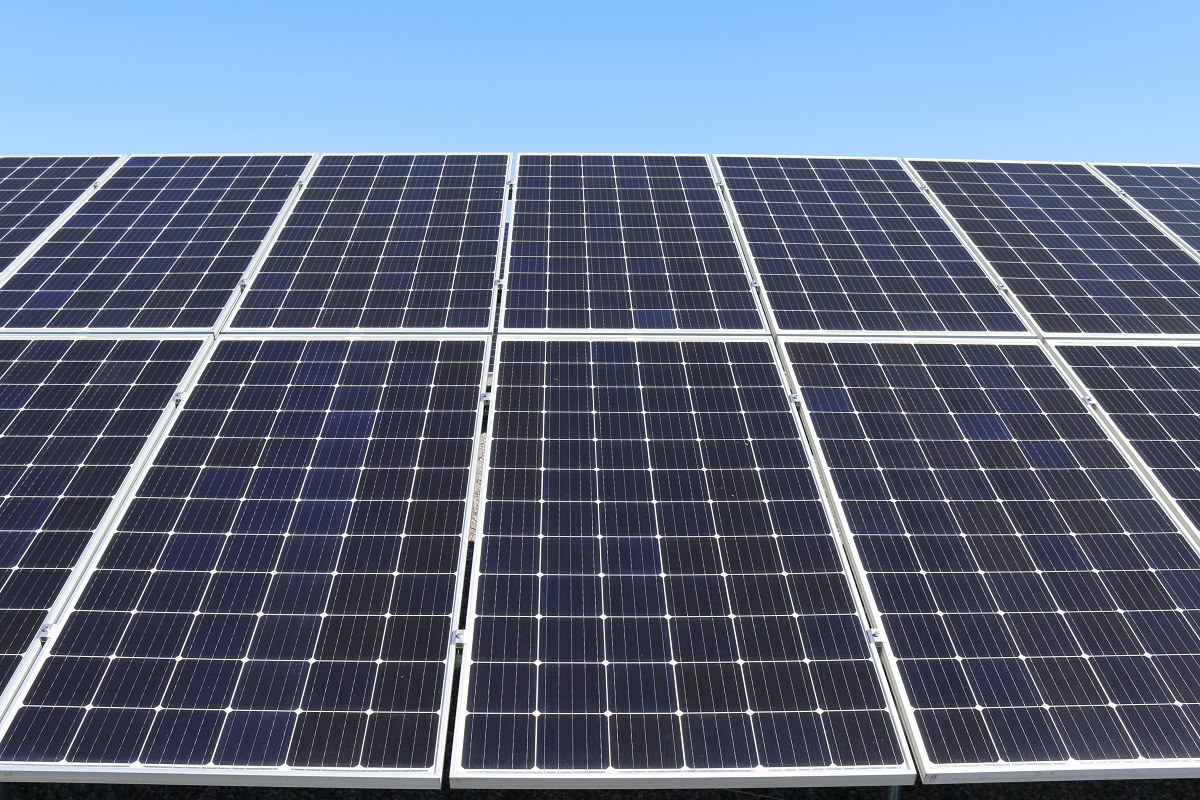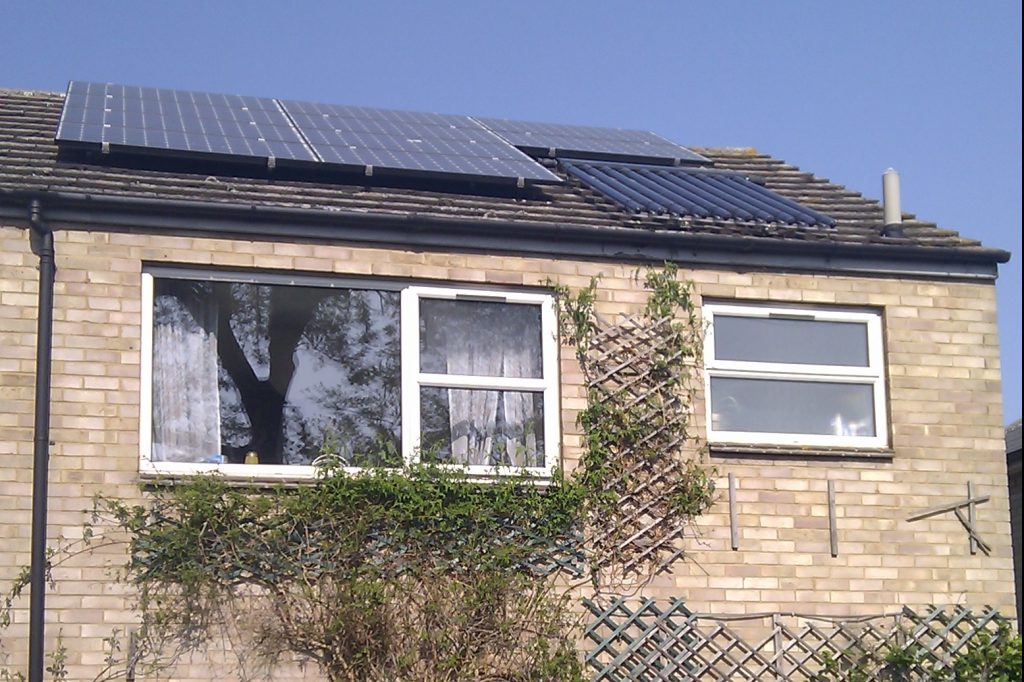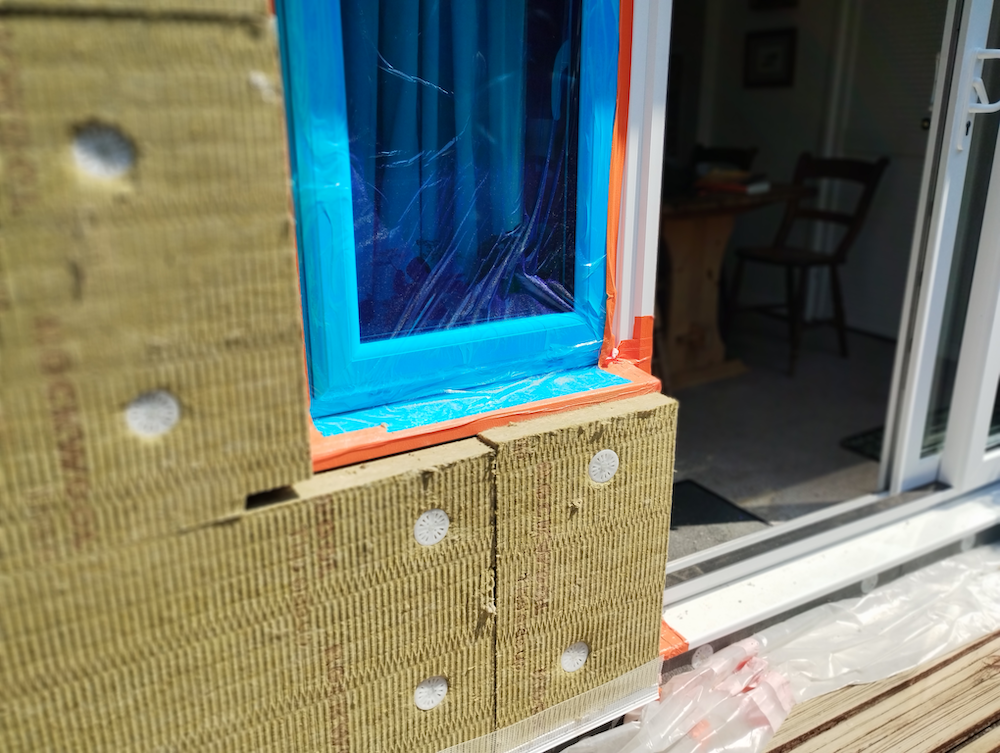
Using solar energy to heat your home’s water
Heating water accounts for a significant part of your home’s energy use – and the cost that comes with it. By harnessing the power of the sun, solar thermal systems offer a clean, low-carbon way to meet your hot water needs and reduce your reliance on gas or electricity.
They’re a great match for homes looking to cut emissions, lower bills, and improve long-term energy resilience.
What is a solar thermal system?
A solar thermal system (also known as solar water heating) uses roof-mounted collectors to capture the sun’s heat. This heat is then used to warm a hot water cylinder, providing your home with a renewable supply of hot water – with no carbon emissions and no additional fuel required.
It’s a tried-and-tested technology that pairs well with existing boilers or immersion heaters to provide consistent hot water, even on cloudy days.
How does a solar thermal system work?
- Solar collectors on the roof absorb sunlight and convert it into heat
- That heat is transferred into a fluid, which circulates through a heat exchanger inside your hot water tank
- Your home draws hot water from the tank as needed – and a boiler or immersion heater tops it up when sunlight is limited
Most systems act as a supportive solution, reducing the load on your main water heater and cutting energy use throughout the year.
Types of solar thermal collectors
Flat-plate collectors
These look similar to solar PV panels. They use an absorber plate behind a glass panel to capture heat. They’re robust, well-proven, and suitable for most homes.

Evacuated tube collectors
These are made up of glass tubes containing absorber rods in a vacuum – helping reduce heat loss and achieve higher temperatures. They’re especially effective in cooler conditions or where roof space is limited.

Is my home suitable for a solar thermal system?
A solar thermal system is likely to work well if:
- Your roof receives direct sunlight for most of the day
- You have space for a dedicated hot water cylinder (if you don’t already have one)
- Your heating system is compatible – combi boilers without a cylinder may require additional changes
If you’re unsure, a professional assessment will help you understand what’s possible and what would be involved in integrating a solar hot water system.
Costs and savings
Typical installation costs range between £4,000 and £5,000, depending on system type and complexity. Annual savings on energy bills are typically between £60 and £70, but the biggest impact is environmental – using free, renewable energy and reducing your home’s reliance on fossil fuels.
Installing solar thermal technology may also form part of a longer-term retrofit plan, reducing strain on your heating system and working in tandem with other upgrades like insulation and heat pumps.
In the news
Cyprus leads Europe in solar water heating, with the vast majority of homes using solar thermal systems to provide free hot water year-round. Their success shows what’s possible when households tap into this underused technology.
With the right support, the UK could follow suit – helping more homes cut bills and carbon while improving energy independence.
Getting started
Whether you’re exploring solar thermal as a standalone improvement or as part of a broader plan, we’re here to help. Our Whole House Plan looks at your home’s energy use in full – so you can make the right decisions, in the right order, for lasting comfort and efficiency.
Call our team on 0330 223 2742 (Monday to Friday), or send us a message to book an energy assessment and explore your options.
Let’s get your home working smarter – and warmer.
Read next…

A practical guide to solid wall insulation
Solid wall insulation is a key upgrade for many older properties – helping to cut energy bills, reduce heat loss, and make homes more comfortable to live in all year
A whole house approach – more than a quick fix
A whole house approach means looking at your home as a system, not a set of parts. With expert guidance, you can plan upgrades in the right order, avoid wasted spend, and build a home that’s warmer, greener, and more comfortable for years to
